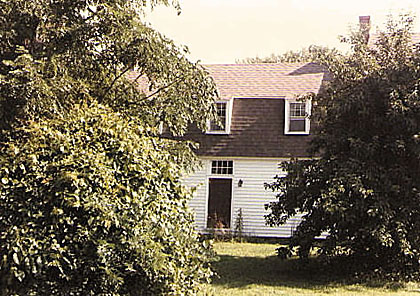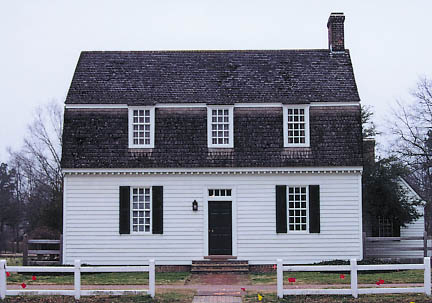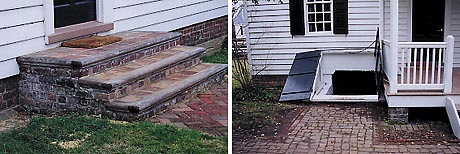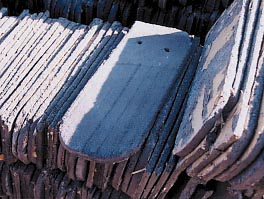ONLINE JOURNAL
These journal entries track our progress as we undertake our adventure of restoring this very old home. The main reason for keeping this journal on the web is that we have found that there are very few resources (books or websites) that follow all of the trials and tribulations of restoring an old home...from start to finish.
February 6, 2000
As if we didn't have enough on our plate...we purchased an accessory for our new dock this weekend. A 1979 27-foot Tartan sailboat. Actually, we have been in the course of buying the boat since early December, but only wrote the check yesterday. We want to make sure that our visits to Enon Hall are equal parts work and recreation so that we (and William) don't burn out and start thinking of going there as a chore. Looking forward to sailing classes this spring! -- Bill
February 14, 2000
June 1985 February 16, 2000
No, we haven't finished the restoration...this is The Ewing House in Williamsburg, Virginia.
February 28, 2000
On Saturday morning we wandered into a gift shop and found a porcelain model of a house that looked just like Enon Hall! The house was labeled "The Ewing House." We had not seen this house in our travels on Friday, so we started asking around. Nobody had heard of it. In fact several Colonial Williamsburg employees in the Visitors Center told me there was no such house. Finally, a supervisor looked it up in a book and told us where we could find it. We sped there right away and photographed it from all angles. This house is one of the few original (not rebuilt) houses in Williamsburg...so it was great to see a fully restored house of the same vintage and style as Enon Hall.
The Ewing House was also where we found our favorite front stoop and a good example of an appropriate cellar entrance. We also took photos of picket fences and gates that we liked and purchased a gate weight to complete the look. Also got a close up look at the cement shingles that Colonial Williamsburg uses on all of their houses instead of cedar shakes. Once the shingles have aged and grown a little moss (We wonder if they do something to speed the moss process. Gay says you can use a yogurt concoction to facilitate moss growth.) you really can't tell the difference. I am trying to find a source for these shingles. One of the carpenters said he thought they bought them from Johns Manville, but I don't see this product on their website.
Mr. Hayden had told me that they often photographed houses in Williamsburg for ideas. As I was photographing The Ewing House I could almost see them there taking the same pictures and having the same conversations. History repeats itself? -- Bill
|




